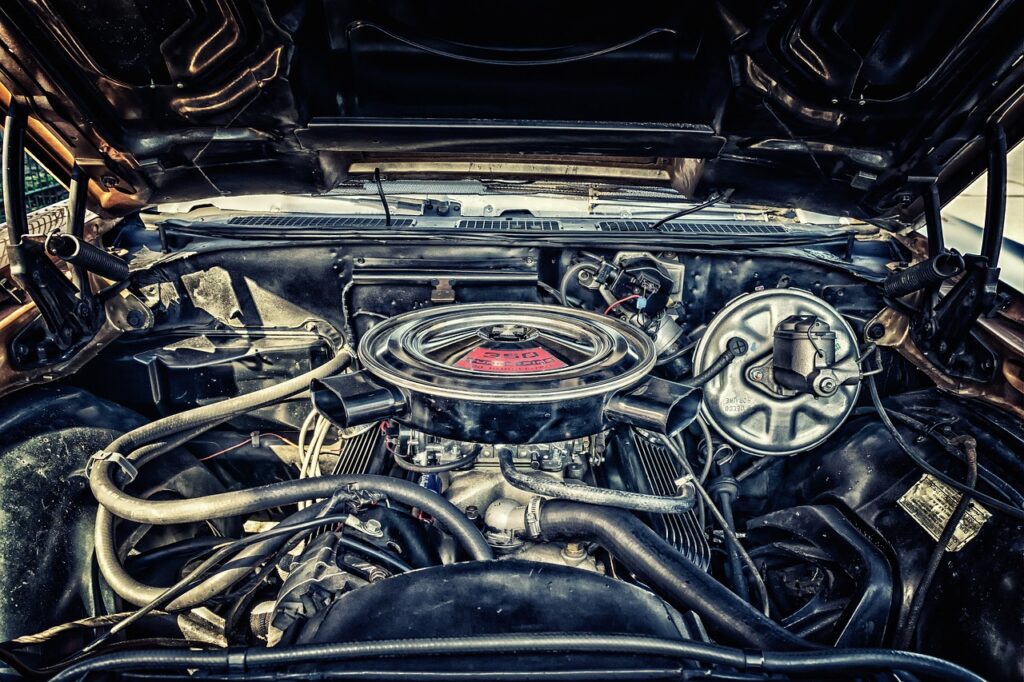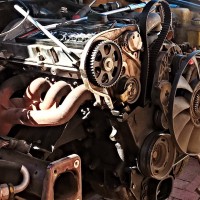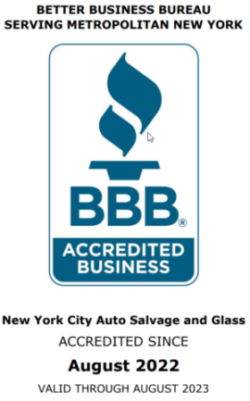 Air filter and Wheel bearings
Air filter and Wheel bearingsThe air filter prevents debris from entering, which can harm your machine. Wheel bearings are the parts that allow your wheels to turn.
Drive belt and Brake pads
Drive belt: This serpentine belt connects all of your accessories, like power navigation, to the machine.
Brake pads use pressure on the rotor, which is directly connected to each wheel.
Radiator and Clutch
Radiator: The radiator cools the machine’s coolant and converts it to steam, which then exits through a pipe on top of the car.
Clutch: This part transfers power from one to another by engaging or disengaging gears.
Alternator and Spark plugs
An alternator is an electrical device that causes electricity by changing mechanical energy into electrical energy. Spark plugs are the devices that ignite your car’s propellant, which then burns to create a point.
Interior and Steering
Interior and steering parts are inside the car and help you steer it. These include the Steering wheel – The primary control used by the driver to drive a vehicle.
Tires and Oil
The tires are the only parts of your car that touches the road. Oil
It helps keep the machine clean, preventing corrosion.
Fuel and Cooling
The cooling system removes excess heat from the machine. Fuel is combusted in an internal combustion machine to produce energy to run your car.
Transmission and Exhaust
The transmission is the mechanism that allows vehicles to move forward or backward. The exhaust system expels hot gases from the engine.
Battery and Suspension
The battery is the power source for your car. The suspension keeps a vehicle stable on uneven roads.
Engine and Brakes
The brakes are the only way to slow down and stop your car. The engine is the part of your car that converts fuel into energy.




